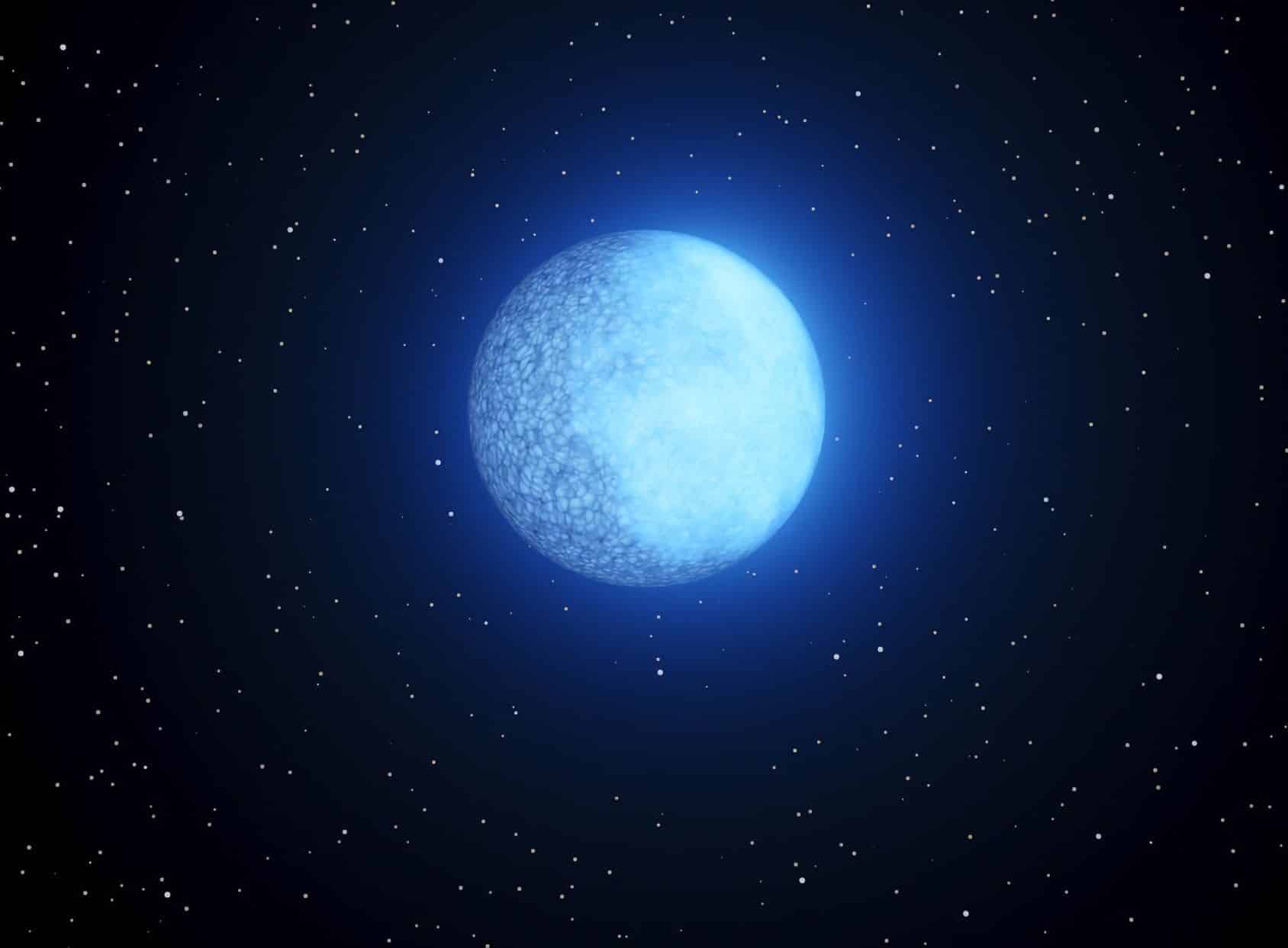Astronomers at Caltech have discovered the remnants of an old star, known as a white dwarf, that looks unlike anything observed before. The white dwarf has two distinct sides, one composed of hydrogen while the other is made of helium.
The astronomers have named the white dwarf Janus, after the Roman god often depicted with two faces, and it is located in the constellation Cygnus, approximately 1300 light-years away from here. Scientists do not yet know exactly why Janus has sides composed of different elements. One theory is that what they are witnessing is an evolution of the white dwarf, transitioning from a surface of hydrogen to being entirely covered in helium. Another theory suggests that the magnetic fields in the white dwarf have created an “ocean” of hydrogen on one half of the dead star.
Researchers now aim to use the instrument ZTF (Zwicky Transient Facility) at Caltech’s Palomar Observatory, which was used to find Janus, to discover more white dwarfs with two “faces.” This may eventually help determine the peculiar composition of the dead star.
Above is an illustration of Janus, and below is a video clip where astronomer Illaria Caiazzo from Caltech shares more about this unique white dwarf.

